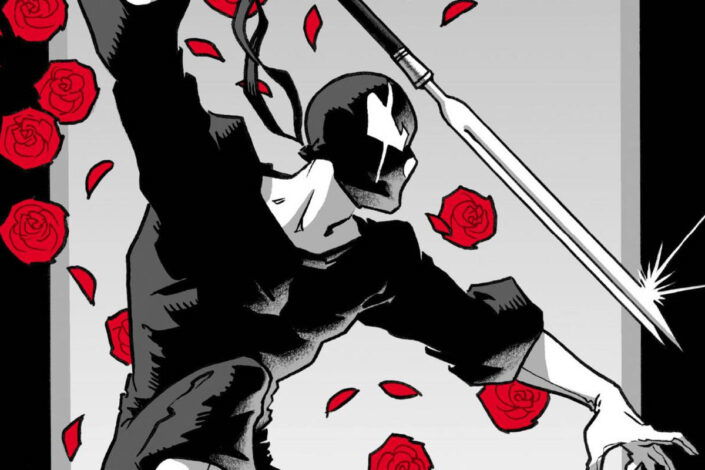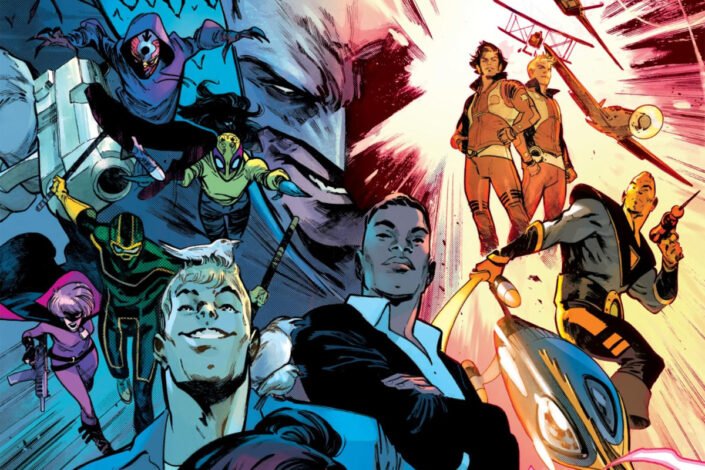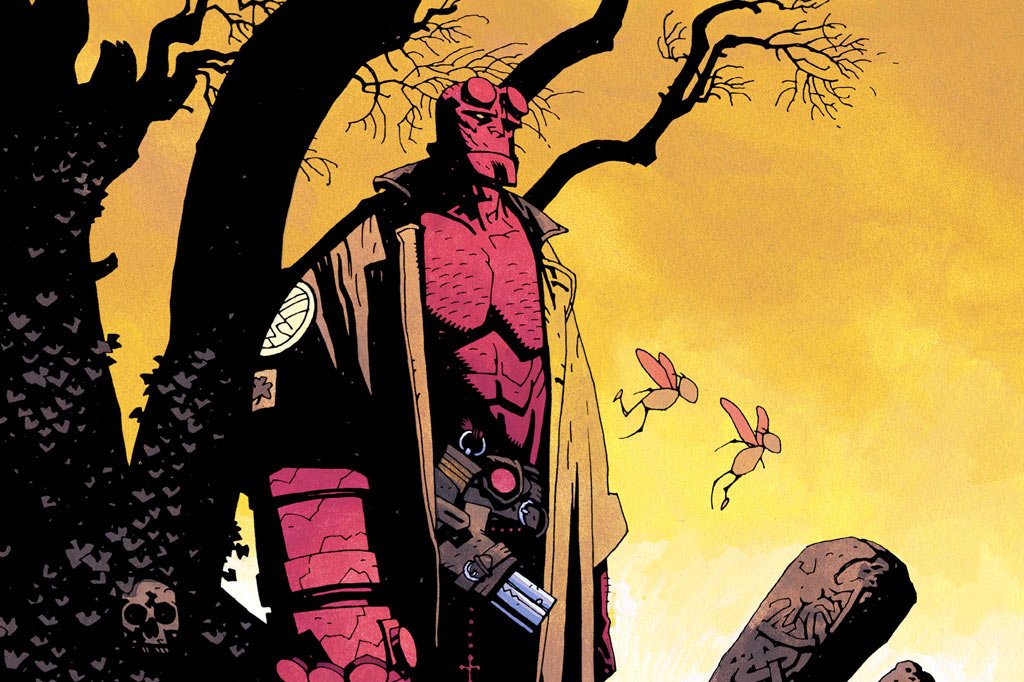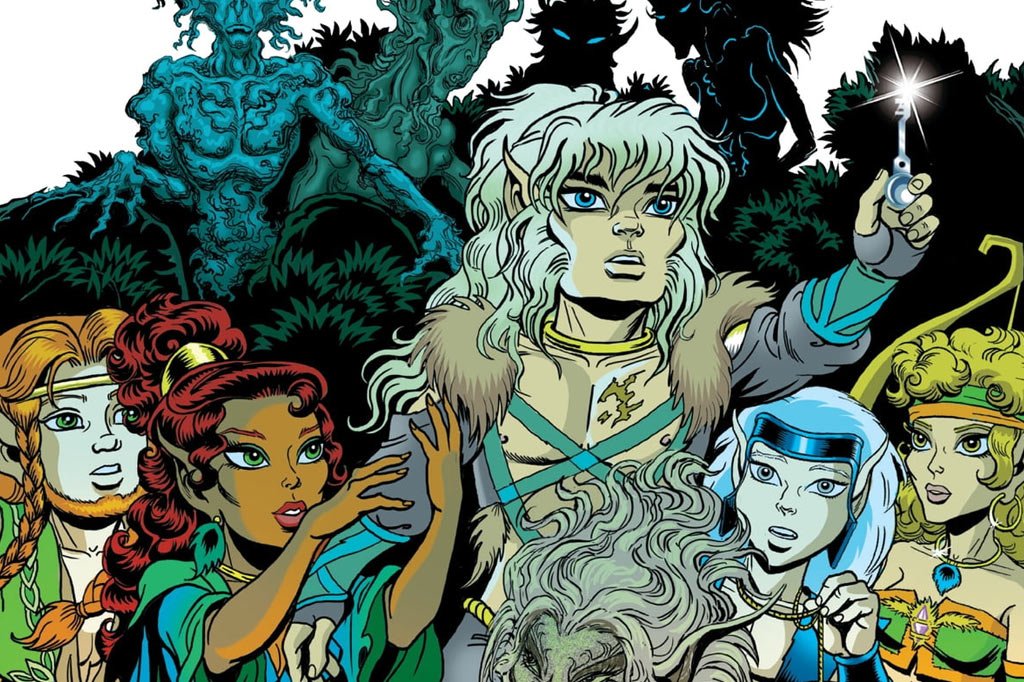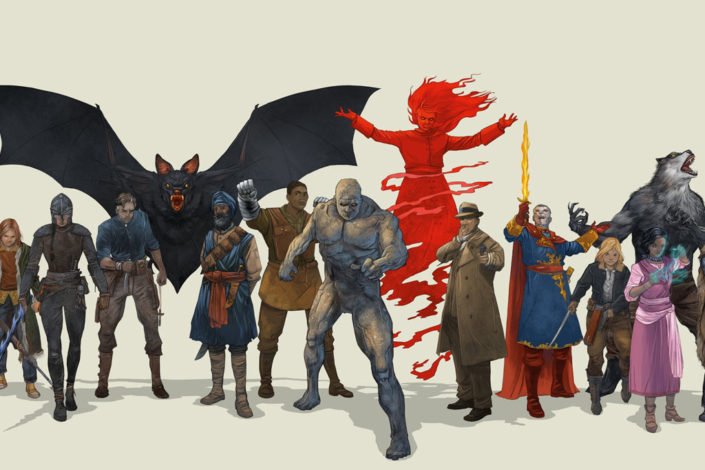The Shadow Comics: The Comic Book History of a Pulp Hero
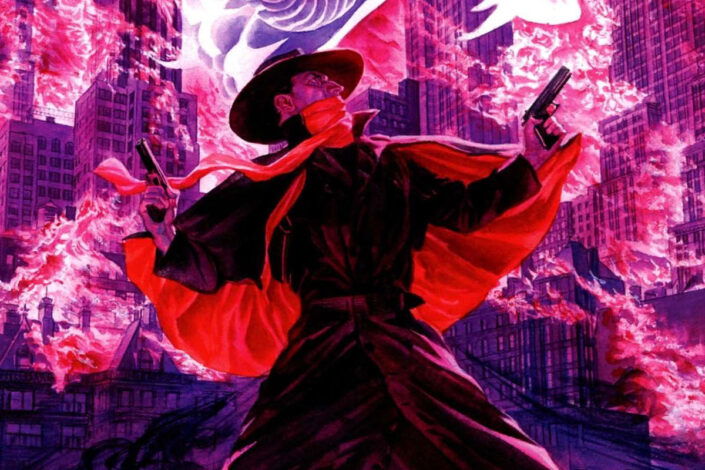
Created for the magazine publishers Street & Smith, the character of The Shadow started in 1930 on the Detective Story Hour radio show as a mysterious host before moving to print the following year. He would stay on the air for a few years, but this original incarnation would be forgotten and replaced by the one created by writer Walter B. Gibson (under the pen name of Maxwell Grant).
Gibson was tasked to write stories about “The Shadow” and, inspired by classic literary works and the French character Judex, he composed a character that would eventually become the prototype of the American Superhero. Through the years, The Shadow prospered in the pulps, on the radio, and even got a comic strip in the early 1940s.
The Shadow was a former World War I aviator named Kent Allard who faked his death and became a crime-fighter. Upon returning to the United States, he adopted several different identities to aid him in his war on crime. The most famous one is Lamont Cranston, a wealthy socialite who went abroad and Allard stole his identity, impersonating him to gain access to the rich and powerful of the world.
Read More »The Shadow Comics: The Comic Book History of a Pulp Hero
